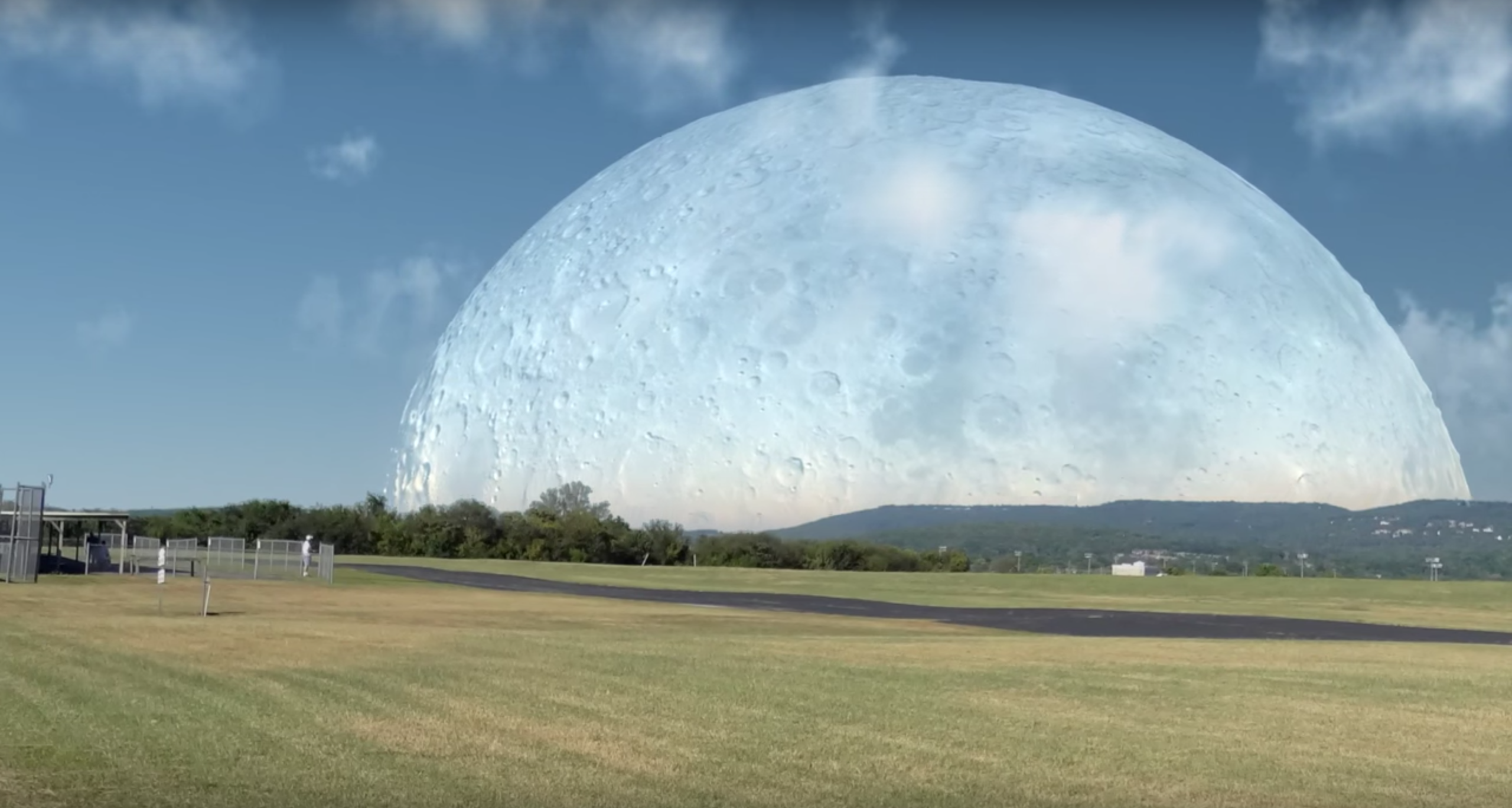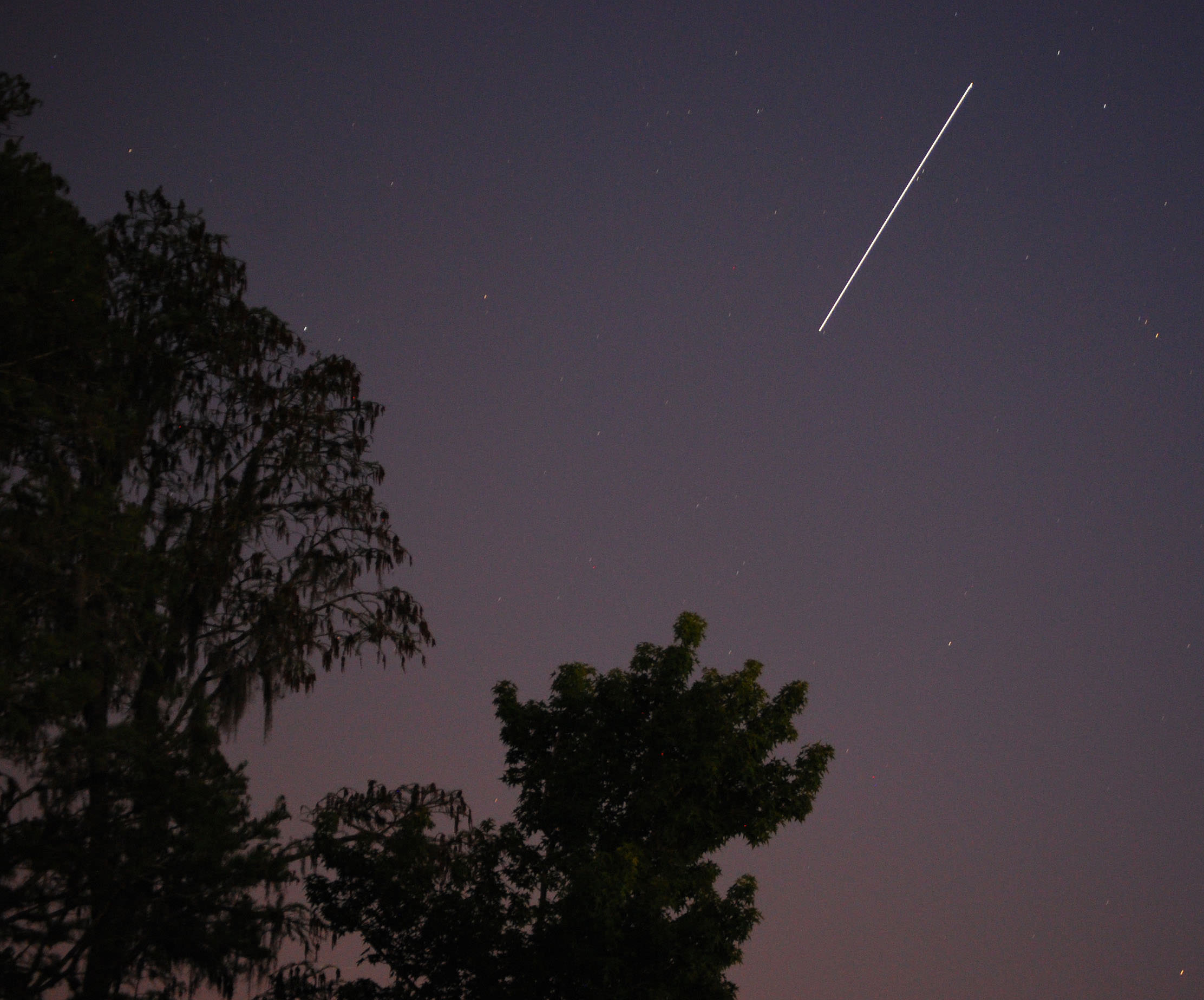
The ISS makes for a fun and interesting observing target in the night sky. (Image credit: Alan Dyer/Stocktrek Images via Getty Images) (opens in new tab) This photograph taken in Banff National Park, Alberta, Canada shows the ISS making a bright pass, along with the aurora borealis. Long exposure photographs can capture the ISS appearing to streak across the night sky. Photographing the International Space Station The informative map shows where the ISS is as well as it's speed and altitude. If you would like to know where the space station is right now, ESA's live map (opens in new tab) has got you covered. Though it's worth noting you will only get NASA's Spot the Station alerts when the ISS is passing over with a maximum height of at least 40 degrees, this is because the ISS will be visible above most landscapes at this height. You can even sign up for email or text alerts for when the space station is flying over so you'll never miss a viewing opportunity again. In addition, NASA's Spot the Station website (opens in new tab) is a great place to explore ISS sighting opportunities in your area. Viewing opportunities of the ISS can vary between one sighting a month to several a week, depending on your location and the orbit of the ISS.

It isn't bright enough to be seen in the middle of the day and the best time to view the ISS is either at dawn or dusk. The ISS is only visible because it reflects sunlight (opens in new tab).


Russian and Soviet space stations throughout history This International Space Station VR experience lets you explore the ISS… and it's as amazing as it sounds International Space Station: Live updates


 0 kommentar(er)
0 kommentar(er)
